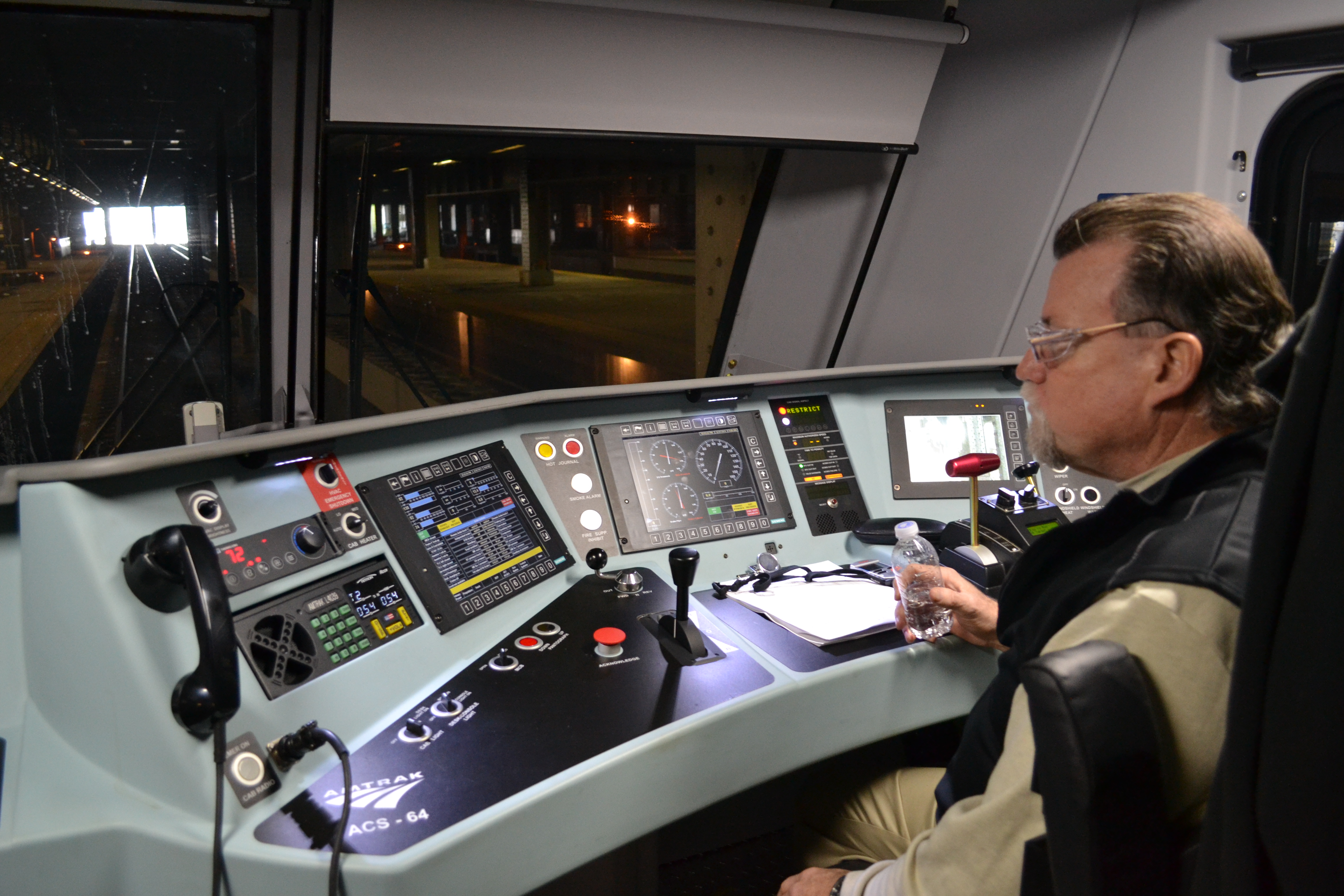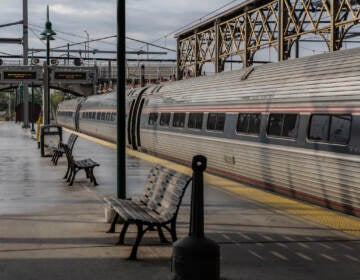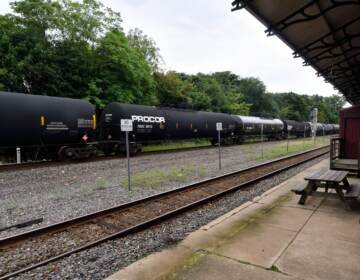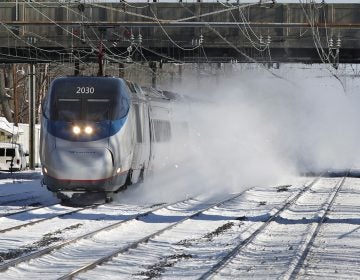Amtrak calls for high-speed train sets
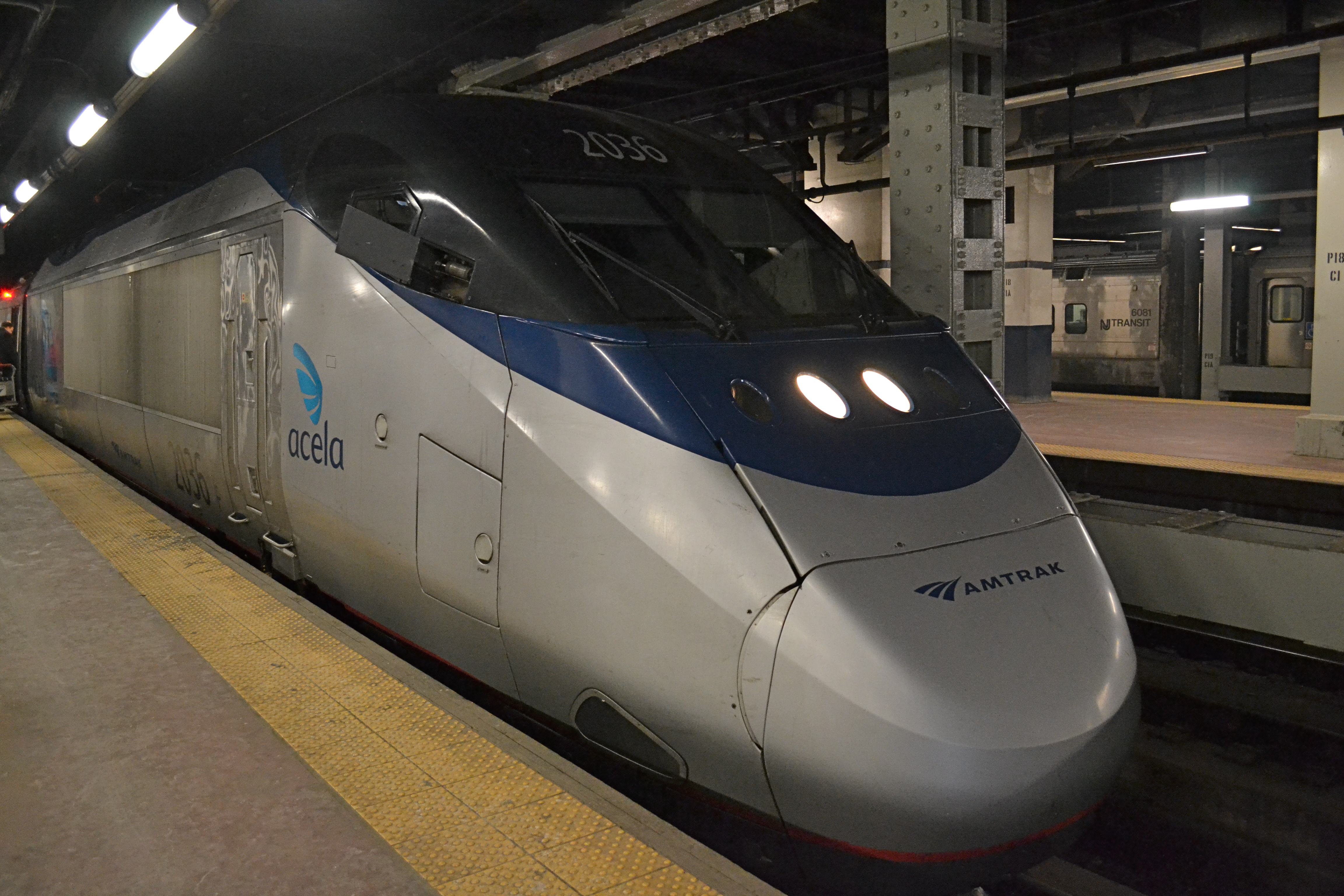
Amtrak is on the hunt for up to 28 new high-speed train sets to service the Northeast Corridor – the stretches from Washington, D.C., through Philadelphia to New York and Boston. The trains, which may one day be capable of going between 186 and 220 miles per hour, embody Amtrak’s long term vision – to carry more passengers and to move them faster.
This winter, Amtrak released a request for proposals for modern, high-speed train sets. Eventually the trains will help Amtrak reach top speeds. In the meantime, they will offer additional seating on the Northeast Corridor.
Amtrak’s decision to procure these new train sets is based on the rail system’s phenomenal growth along the Northeast Corridor.
“Our fiscal year ‘13 numbers were the best ridership numbers we’ve ever had,” said Andrew Wood, an Amtrak executive leading the high speed rail efforts. “… The need to get longer trains or trains with more seats on them and more trains is pressing.”
The new order will both provide more seats per train and increase the size of the Northeast Corridor fleet. Right now, Amtrak has 20 Acela train sets for the corridor, but only 17 are in use at a given time. Each Acela train set has 304 seats. This current request for proposals calls for up to 28 new train sets with 425 seats per train.
“I’ve heard people say they don’t use the trains because they don’t think they’ll be able to get on,” Wood said. “… That’s not going to be the case once these are delivered.”
Amtrak may be able to buy some of the train sets before the full order is complete, and in that case, the agency is considering augmenting current Acela service. That could mean half hour service on weekdays during peak hours, as opposed to the current, hourly peak service. To make this happen, Amtrak would need to add six additional trains in each direction or 12 additional trips per day.
Once the new train set order is complete, it is unclear what will happen to the current Acela fleet. Some of those trains are approaching 15 to 16 years old, and Wood said a 20-year lifespan is about what you would expect in a best case scenario.
Amtrak has some time to determine the fate of the Acela trains. The deadline for proposals is May 15. Amtrak hopes to make a decision and place an order by the end of the 2014 calendar year.
“However,” Wood said, “that does depend on everything falling into place.”
High-speed potential
“We’re asking initially for trains that will do 160 mph,” Wood said. “That’s our record top speed that we can do on our infrastructure.”
Right now, Acela trains travel up to 150 miles per hour, so in the short term, the speed difference won’t be anything drastic.
“What we’re hoping to find is a train set that can be modified in the future so we can take them up to 186 and 220 miles per hour,” Wood said.
Traveling that fast requires building a new Northeast Corridor rail line. Pending the outcome of a currently underway Federal Rail Administration environmental study, Amtrak will build a new rail line, spanning the full corridor from Washington D.C. to Boston.
“You can’t, overnight, build a 475-mile long line,” Wood said. “We would be building in segments… To take advantage of those 30 miles, or however long [each segment] is, we would use these train sets.”
All of this still depends on funding. Converting the entire Northeast Corridor for high-speed rail is projected to cost about $151 billion. The cost for the train sets has not been determined since the call for proposals is still open.
Service proven, US made
Amtrak issued this call for proposals in partnership with the California High-Speed Rail Authority, which is looking to purchase 15 of its own high-speed rail train sets. The California authority will use the trains to test new infrastructure it plans to build between the San Francisco Bay Area and Los Angeles. The goal of issuing a joint proposal is to lower the unit acquisition and lifecycle costs for each transit agency.
The request for proposals calls for service-proven train designs.
“In other words, we’re not looking for somebody to invent a new train,” he said.
The hope is that builders in Europe and Asia will offer next generations of trains that are used abroad. The train sets themselves will have to be manufactured in the United States.
“The train sets we’ve got at the moment, as great as they are, are based on 1980 designs,” Wood said. “… Since then trains have moved on. They’ve evolved. Today’s trains are much lighter. They cause a lot less wear and tear on the tracks. They use a lot less energy, and so they will improve our profitability as well.”
WHYY is your source for fact-based, in-depth journalism and information. As a nonprofit organization, we rely on financial support from readers like you. Please give today.



